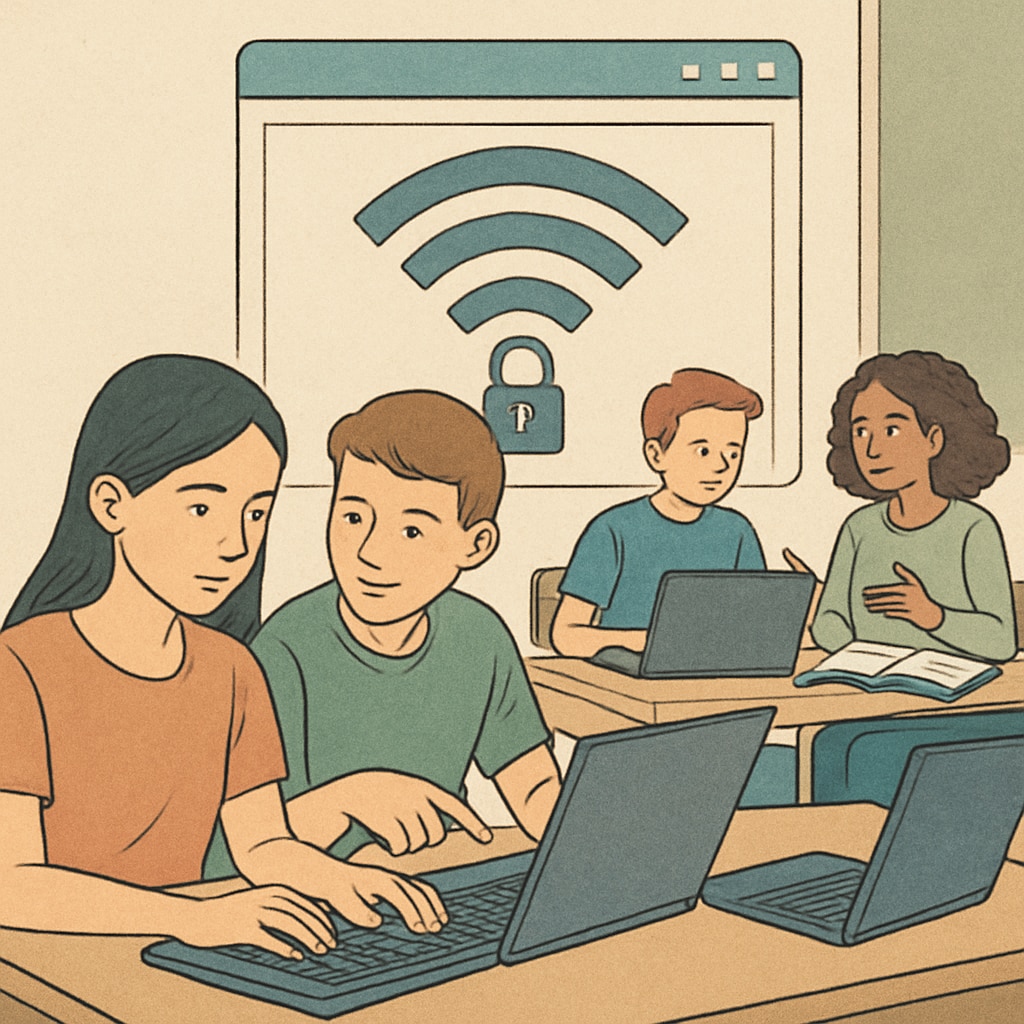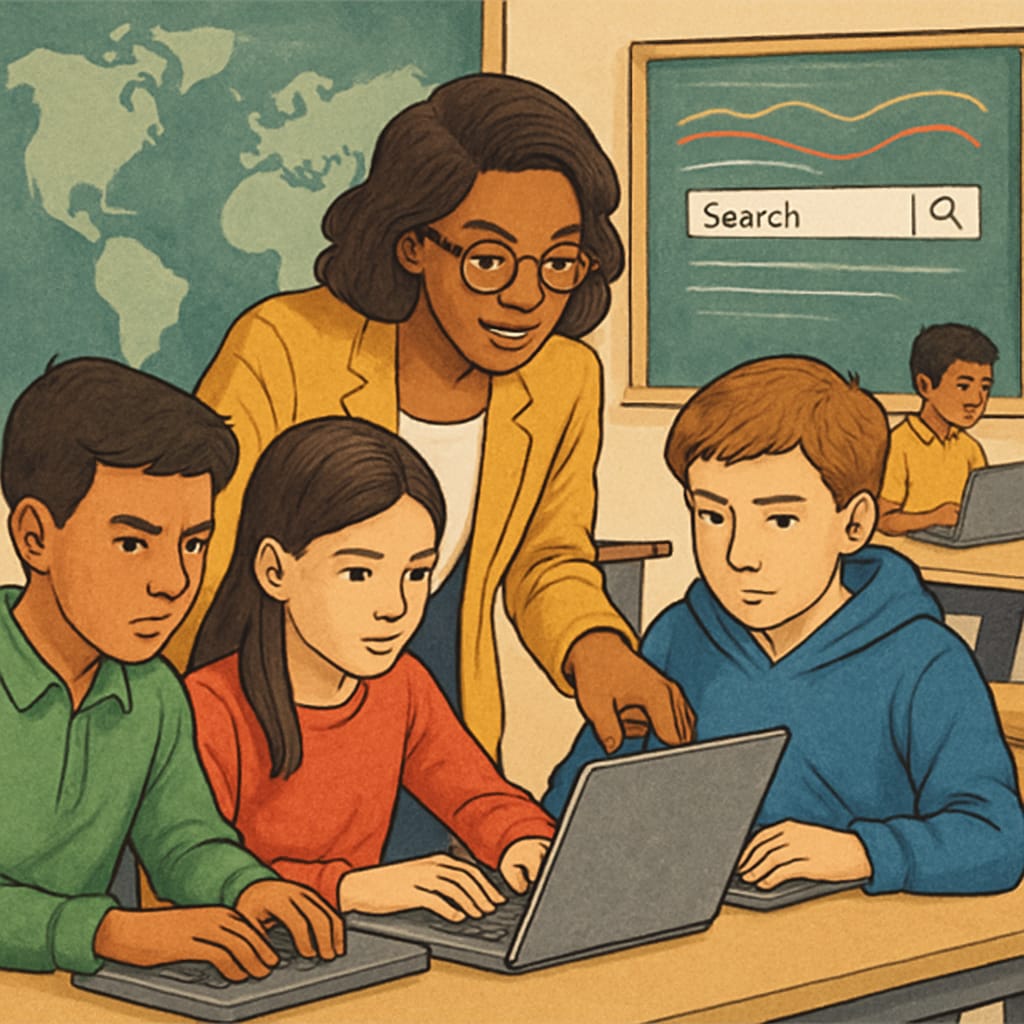Across the United States, states like South Dakota and Wyoming are implementing strict age verification and content restrictions intended to protect minors from inappropriate material online. However, these well-meaning policies are sparking debates about their unintended consequences, particularly in K-12 education. By enforcing stringent internet censorship, these laws risk creating a “digital wall” that inadvertently blocks students’ access to vital educational resources, including classic literature, art, and scientific materials required for their academic development.

How Age Verification and Internet Restrictions Work
Age verification laws typically require users to prove they are of a certain age before accessing specific websites or online content. This process can involve submitting personal information, such as government-issued identification, to verify age eligibility. While these measures aim to prevent minors from encountering harmful material, they also create logistical challenges for educators and students alike.
For example, many websites hosting free educational resources or archives of classic literature now require verification measures that even educators find cumbersome. In some cases, K-12 students are entirely blocked from accessing these platforms due to their age, regardless of the intended educational purpose. This creates a paradox where protective measures hinder students’ ability to engage with age-appropriate and academically essential content.
The Impact on K-12 Students
Strict content restrictions and internet censorship disproportionately affect K-12 students by limiting their access to critical learning tools. Here are some of the key areas impacted:
- Classic Literature: Works of literature that may contain mature themes or language, such as “To Kill a Mockingbird” or “The Catcher in the Rye,” are often flagged by content filters, despite their educational value.
- Artistic Resources: Websites featuring classic art pieces or historical artifacts are sometimes blocked due to nudity or other flagged content, even when viewed in an educational context.
- Scientific Research: Many scientific journals and medical resources contain technical language or imagery that triggers content restrictions, preventing students from accessing reliable information for assignments or projects.
For K-12 educators, this creates a difficult environment where they must navigate blocked resources, find alternative materials, or spend additional time securing exemptions, ultimately reducing valuable instructional time.

Balancing Internet Safety and Educational Freedom
Internet censorship and age verification laws are implemented with good intentions—to shield minors from harmful online material. However, a one-size-fits-all approach often fails to account for the nuanced needs of educational settings. Students require access to a diverse range of materials to foster critical thinking and creativity, yet these laws sometimes prioritize restriction over facilitation.
Several steps can be taken to strike a balance between safety and educational freedom:
- Implementing Flexible Filters: Schools and libraries can adopt content filtering systems that distinguish between educational and non-educational contexts, allowing access to flagged materials under supervised conditions.
- Parental and Educator Oversight: Instead of blanket restrictions, parents and teachers can work collaboratively to guide students on responsible internet usage.
- Legislative Refinements: Lawmakers should consult with educators and technology experts to ensure that age verification measures do not inadvertently block access to essential learning materials.
Conclusion: The Need for Thoughtful Policies
While protecting minors from harmful content is undoubtedly important, it is equally crucial to ensure that restrictive policies do not hinder academic growth. Policymakers, educators, and technology developers must work together to create solutions that maintain safety without sacrificing access to knowledge. If these challenges are not addressed, the unintended consequences of age verification and internet censorship laws may continue to build a digital wall, depriving K-12 students of the resources they need to thrive in the modern world.
By reconsidering and refining these laws, we can better align internet safety measures with the educational needs of the next generation, ensuring that access to knowledge remains a cornerstone of learning.
Readability guidance: This article uses short paragraphs, lists, and transitions such as “however” and “as a result” to improve readability. Long sentences and passive voice are minimized for clarity.


